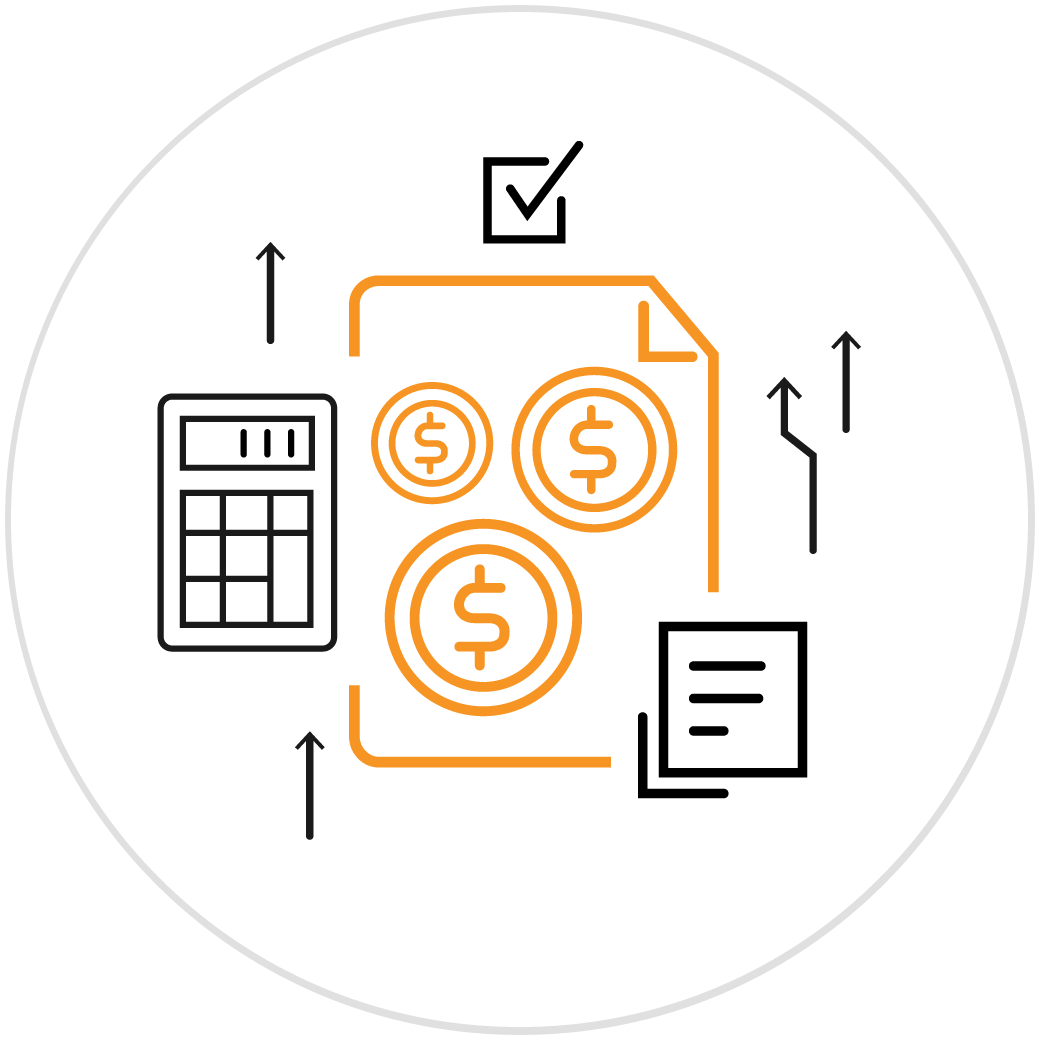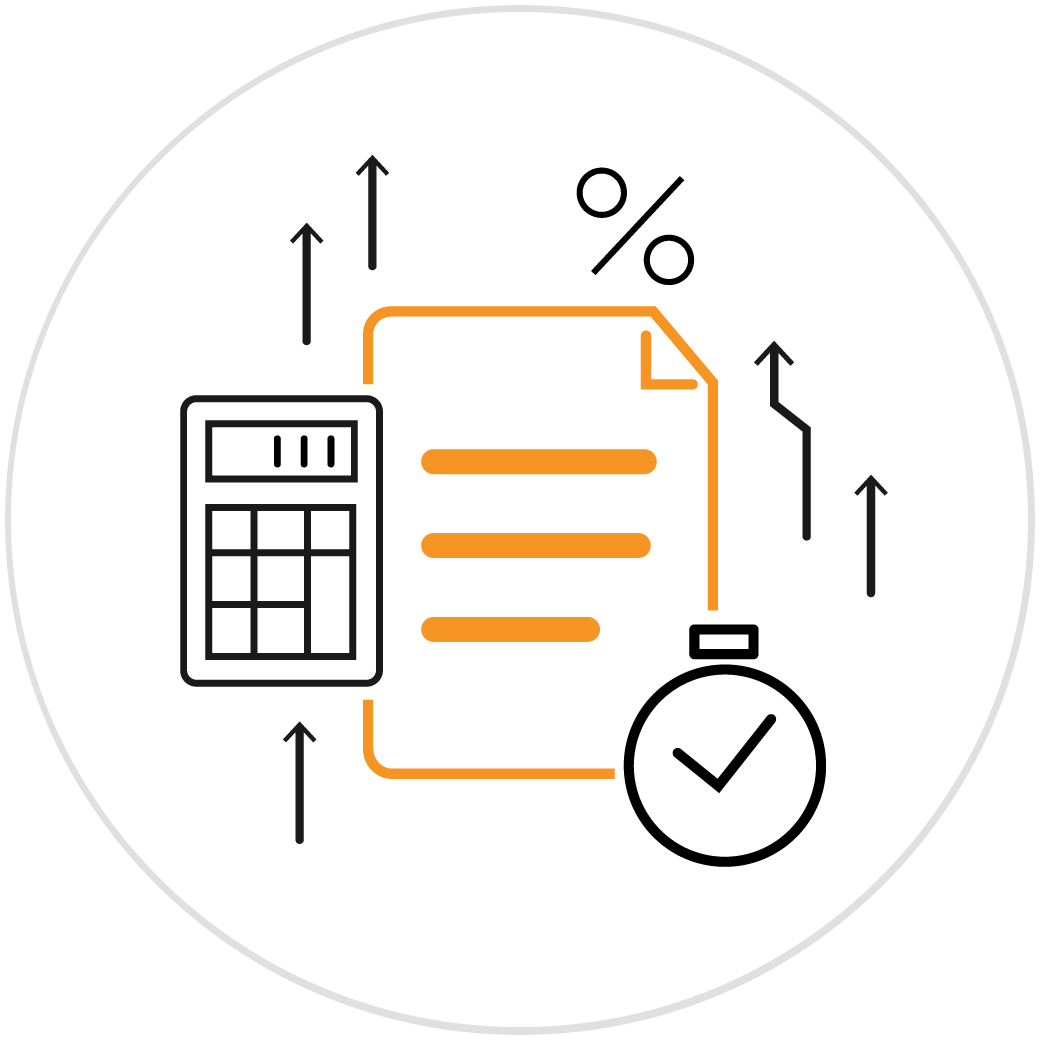-

In the world of accounting and finance, understanding the nuances of lease accounting is crucial for businesses and accounting professionals. The introduction of the ASC 842 lease accounting standard has significantly changed how entities recognize, measure, present, and disclose leases. This article focuses on short-term leases under ASC 842, highlighting how they are defined, the accounting treatments they undergo, and how they differ from operating and finance leases. Additionally, we'll walk through an example of journal entries for a short-term lease to provide practical insight into the topic.
Defining Short-Term Leases under ASC 842
ASC 842, also known as the "Lease Accounting Standard", was introduced by the Financial Accounting Standards Board (FASB) to improve transparency and comparability among organizations by recognizing lease assets and liabilities on the balance sheet and disclosing key information about leasing arrangements. Under ASC 842, a short-term lease is defined as a lease that, at the commencement date, has a lease term of 12 months or less and does not contain a purchase option that the lessee is reasonably certain to exercise.
This definition is critical because it sets the boundary for what constitutes a short-term lease, distinguishing it from longer-term operating and finance leases. The key elements to note are the lease term and the absence of a significant purchase option, which can influence a lease's classification.
-

Short-Term Lease Accounting
The accounting treatment for short-term leases under ASC 842 is designed to simplify the accounting process for leases that meet the short-term criteria. For lessees, short-term leases offer a practical expedient that allows them not to recognize lease assets and lease liabilities on the balance sheet. Instead, lessees can recognize lease payments associated with short-term leases as an expense on a straight-line basis over the lease term, similar to the accounting treatment of operating expenses.
This approach significantly reduces the complexity and administrative burden of lease accounting for short-term leases. It's important to note, however, that this practical expedient is optional. Lessees must elect to apply it by class of underlying asset, and once elected, the lessee must apply the expedient to all short-term leases of that asset class. -

Short-Term, Operating, and Finance Leases
The distinctions between short-term leases and the two main types of leases under ASC 842, operating and finance leases, are primarily based on the lease term and the recognition of lease assets and liabilities.
Operating Leases: Typically involve longer lease terms and result in the recognition of a right-of-use asset and a lease liability on the balance sheet. Lease expenses are recognized on a straight-line basis over the lease term, and interest on the lease liability is recognized separately from the amortization of the right-of-use asset.
Finance Leases: Like operating leases, finance leases involve longer lease terms but are characterized by the transfer of substantially all the risks and rewards of ownership of the underlying asset to the lessee. They result in a front-loaded expense pattern, where interest expense decreases over the lease term as lease payments are made.
In contrast, short-term leases under ASC 842 are not recorded on the balance sheet (if the practical expedient is elected), and lease payments are expensed as incurred. This key difference simplifies the accounting process and reduces the reporting burden for entities with numerous short-term leases. -

Journal Entry Example for a Short-Term Lease
To illustrate the accounting treatment of short-term leases, let's consider a simple example. Assume a company enters into a 12-month office space lease with monthly payments of $1,000, and the company elects the practical expedient for short-term leases.
Journal Entry for Lease Payments:Date Account Debit Credit 01/01/Year 1 Lease Expense $1,000 01/01/Year 1 Cash $1,000
This entry would be made each month throughout the lease term. The company recognizes the lease payments as an expense directly in the income statement, without recognizing any lease assets or liabilities on the balance sheet. -

The Bottom Line
ASC 842 has introduced significant changes to lease accounting, aiming to enhance transparency and comparability. Short-term leases under ASC 842 offer a simplified accounting treatment that can ease the administrative burden for businesses. By understanding the definition, accounting treatment, and differences between short-term, operating, and finance leases, entities can better navigate the complexities of lease accounting and ensure compliance with the standard. The practical example provided illustrates how straightforward the accounting for short-term leases can be, emphasizing the benefits of electing the practical expedient for eligible leases.
Accounting for Short-Term Leases Under the ASC 842
At iLeasePro, our leasing experts have worked with both ASC 840 and ASC 842 for years, and we understand the changes, the logic behind them, and why they’re important.
We can help explain them to you to make sure you get them right, and we can provide the right software products to help you record and implement the ASC 842 changes correctly.
To do this, you can call iLeasePro at 888-351-4605, or you can go to iLeasePro and access our excellent information about our software products and how they can help you with ASC 842. We’ll give you all the information you need to simplify the recording process and show you how to use it to improve your bottom line.
Let iLeasePro Simplify Your Lease Accounting
Schedule a DemoRelated: iLeasePro Free Trial, iLeaseXpress, iLeaseXpress Unlimited, ASC 842 Financial Reporting, ASC 842 Balance Sheet Reporting, ASC 842 Income Statement Reporting, ASC 842 Cash Flow Reporting, ASC 842 Statement of Shareholder Equity, ASC 842 Disclosure Notes, ASC 842 Management Discussion, ASC 842 Comprehensive Income, ASC 842 Glossary of Terms, ASC 842 Journal Entries, ASC 842 Software, When Is the ASC 842 Compliance Date, FASB Lease Accounting Software, Understanding the New FASB ASC 842 Lease Accounting Standard, How Does a Lease Balance Sheet Change After the New Standard?, Tracking Lease Details After ASC 842, Deferred Rent Explained Under the ASC 842, Guide to Lease Classification, Overview of Relevant Borrowing Rate, ASC 842 Footnote Disclosure, Lease Accounting, What Does Lease Accounting Software Do?, Key Features of A Lease Accounting Software, How to Never Miss Important Lease Dates, Scaling Your Lease Accounting Software to Your Business Needs, How to Select the Right Lease Solution, How to Set Up Lease Accounting Software, What is the Best Lease Accounting Software?, Overview of the Types of Leases, Equipment Lease Software, How the Right Lease Management Software Makes Equipment Leases Easier, Lease Tracking Software, How The Right Software Can Help You Manage Lease Data, Five Benefits of a SaaS Lease Management Solution, A Centralized Lease Portfolio Making Asset Management Easier, Lease Analysis 101, Lease Analysis: The Financial Metrics, Lease Abstraction, The Importance of Lease Abstraction for Lessees, The Lease Data an Abstract Should Include, What Software Do I Need for Lease Abstracting?, Navigating The ASC 842 Accounting Audit, Ultimate Lease Accounting Audit Checklist, Essential Guide To Engaging Auditors, Leveraging AI for Enhanced Year-End Audits Transitioning to the ASC 842 Standard Lease Document Management Practical Expedients Lease Modifications & Remeasurements Lease Variable Payments Embedded Leases Monitoring Critical Lease Dates Transportation - Navigate the ASC 842 The Impact of the ASC 842 on Regulatory Policies in Lease Management & Lease Accounting Integrating Lease Accounting into Your Month-End Closing Process The Modified Retrospective Approach in ASC 842 Determining the Incremental Borrowing Rate A CFO’s ASC 842 Lease Accounting Guide for Construction Companies
